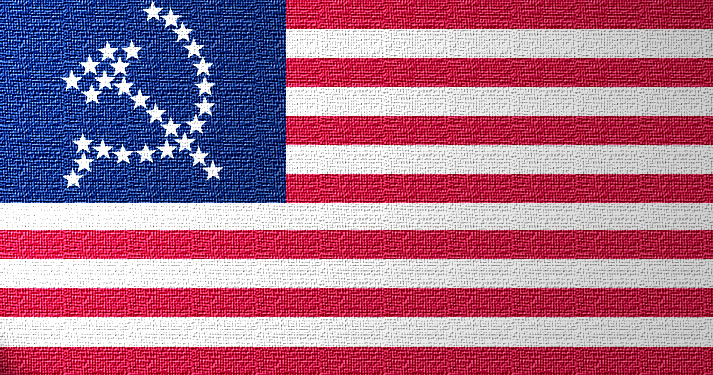In May, 2013, Senator Carl Levin dragged Apple CEO Tim Cook in front of a Senate investigations committee to be shamed for the corporation’s “gimmickry” tax practices.
Rand Paul blasted the committee for bringing Apple to a “show trial,” calling the tax code “bizarre and byzantine” while pleading with fellow lawmakers to consider his bill that would “repatriate profit from foreign companies at 5 percent and put it into infrastructure.”
Paul said, “There are probably 70 votes for that bill in Congress but nobody will bring it up. Why don’t we just pass it if it’s the right thing to do?”
America is operating with an uncompetitive corporate tax rate higher than most European countries and even Canada. It is split up into seven brackets, complete with loopholes and a crushing capital gains tax.
Despite this glaringly huge fiscal mess holding back what could be incredible economic improvement, Senators Marco Rubio and Mike Lee revealed their tax plan of timid reforms that will obviously be used in Rubio’s White House campaign.
Rubio and Lee outlined major points of their plan in the WSJ, such as lowering the highest corporate tax rate from 35 percent to 25 percent while ending the current individual income tax brackets and replacing them with two tiers: 15 percent or 35 percent.
The Rubio-Lee plan would also eliminate all tax deductions except those for mortgage interest and charitable giving, and would end the estate tax and taxation of capital gains and dividends.
The senators also provide a large child tax credit and want the elimination of the “marriage penalty” in which married couples are taxed at a higher rate than if they filed individually.
While this plan might sound more attractive than the current system, Daniel Mitchell of the Cato Institute — who once worked with the Reagan administration on major tax reform — is quick to point out the most “disappointing” features.
First, the proposed top tax rate of 35 percent is only a few percentage points lower than the 39.6 top rate that Obama imposed after the fiscal cliff. What’s more, that 35 percent top tax rate would be imposed on any taxable income above $75,000 for single taxpayers and $150,000 for married taxpayers.
In addition, it leaves some itemized deductions “untouched, or simply tweaked.”
Mitchell also expressed concern that the legal rights of taxpayers when dealing with the IRS was not addressed by Rubio and Lee.
In comparison to the Reagan Economic Recovery Tax Act of 1981, the Rubio-Lee plan is just not bold enough.
In a historical bipartisan effort to remedy the widespread discontent with the U.S. tax code that had been littered with loopholes and had an individual tax rate under Carter as high as 70 percent, Ronald Reagan was able to slash taxes in 1981 and again in 1986.
For instance, in 1981, cuts were across the board at 25 percent and the bottom rate dropped from 14 to 11 percent. Individuals at the top marginal tax rate of 70 percent saw it plummet to 50 percent, and then to 28 percent in 1986. The top corporate rate dropped from 48 percent to 34 percent in 1986.
In contrast to Rubio, Rand Paul has taken up the torch of bold supply-side Reaganomics.
At a UC Burkley Forum last year, Paul explained to college students his desire for a flat tax system and emphasized that he is for reducing “everyone’s taxes.”
Paul has expressed in multiple Sean Hannity interviews his support for balancing the budget “in five years” with the “Penny Plan,” first introduced by Rep. Connie Mack in 2011.
At CPAC, where Paul won his third consecutive straw poll, he promised to propose “the largest tax cut in American history” in the coming weeks.
This bold vision that Paul possesses, much like Reagan did, could help him win in 2016.




